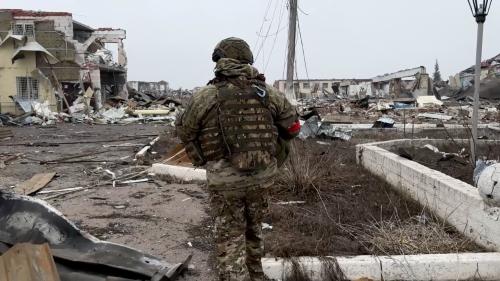Recent headlines continue to point to a slowing of China’s investment and infrastructure-led growth model. Yet, as the New York Times recently documented on its front page, China’s rapid push to move 250 million people from the countryside to the city continues unabated. Fully half of China’s 1.3 billion people still live in the country-side, and are extremely poor. President Obama underscored China’s domestic challenges during his interview with Charlie Rose. He started his comments by noting that China’s leaders still view their home “as this poor country that’s got all these problems.” Fighting poverty through urbanization remains near the top of most Chinese leaders’ priorities.
In other words, China’s main answer to the 650 million people living in rural poverty is to get them to move. In fact, in the last three decades, China has moved more people out of poverty than any other country on earth. Nearly all of those people did that by physically migrating from country to city.
That mass migration and the urbanization strategy that will fuel it both have global implications… particularly if migration and urbanization don’t work. The strategy is “build it, and they will come.” Central and local governments have been investing in infrastructure, residential housing and commercial real estate. The idea is, first, that all of that construction will employ a lot of people and also give them places to live in the cities. Then factories will come to made products, also employing lots of people.
“Build it and they will come” worked terrifically on China’s coast for the last three decades. Old cities such as Shanghai and Guangzhou, and new cities such as Shenzhen, attracted hundreds of millions of inland migrants. Those mobile masses became the human engines of Chinese exports.
Now the focus is turning to inland cities such as Chengdu, Chongqing, Wuhan, and Xi’an and dozens of lesser known others. In the last year alone, China has pumped over $300 billion in fixed asset investment—most of it on inland provinces. That has employed lots of construction workers, drawing them from the countryside.
Yet the great concern now is that that construction-driven model is not sustainable. Already the cities are seeing protests, as farmers on the edge of Chinese cities have been forcibly removed to make way for construction projects.
More ominously, it is not yet proven that long-term jobs await. Central China has export potential and know-how just like the east coast. But inland cities have a harder time accessing global markets, and also are not as accustomed to the ways of foreign business. If the manufacturing jobs don’t come inland, all those construction workers will either head back to the farms, or remain as urban-unemployed. The idea of high unemployment in city-centers is something that gives China’s security-conscious political leaders great worry.
It also is starting to keep global investors up at night. They have already begun to examine inland China’s fiscal accounts. Many of the construction projects do not have realistic ways of generating revenue to pay off the investment by state-owned banks and private investors. Standard and Chartered Bank estimates that local governments have amassed as much as $1.4 trillion in non-performing loans. Given China’s opaque political system, it is hard to tell for sure. Even the normally staid HSBC is a bit worried. “It’s the lack of transparency and the potential knock-on impact of local government debt that is the greater concern.”
China may be trying to build cities as a way of populating them. But if the strategy is going to work, it will be critical that China not see urbanization as an end in and of itself. Instead, it will need to follow sustainable economic growth. That means relying less on state-led construction projects, and more on getting China’s citizens to spend more, and create demand for more locally-made (and globally-made) goods.
Bill Antholis is the managing director of the Brookings Institution, and the author of the forthcoming Inside Out, India and China: Local Politics Go Global (Brookings Press, September 2013). He and his family spent five months in 2012, living in nine cities in those two emerging giants.
The Brookings Institution is committed to quality, independence, and impact.
We are supported by a diverse array of funders. In line with our values and policies, each Brookings publication represents the sole views of its author(s).



Commentary
Chinese Urbanization: Field of Dreams or Real Estate Fantasy?
July 26, 2013